Exploring Schistidium crassithecium: A Hidden Gem of the Grimmiaceae Family
Affiliate Disclaimer: As an affiliate, we may earn a small commission when you make a purchase from any of the links on this page at no additional cost to you!
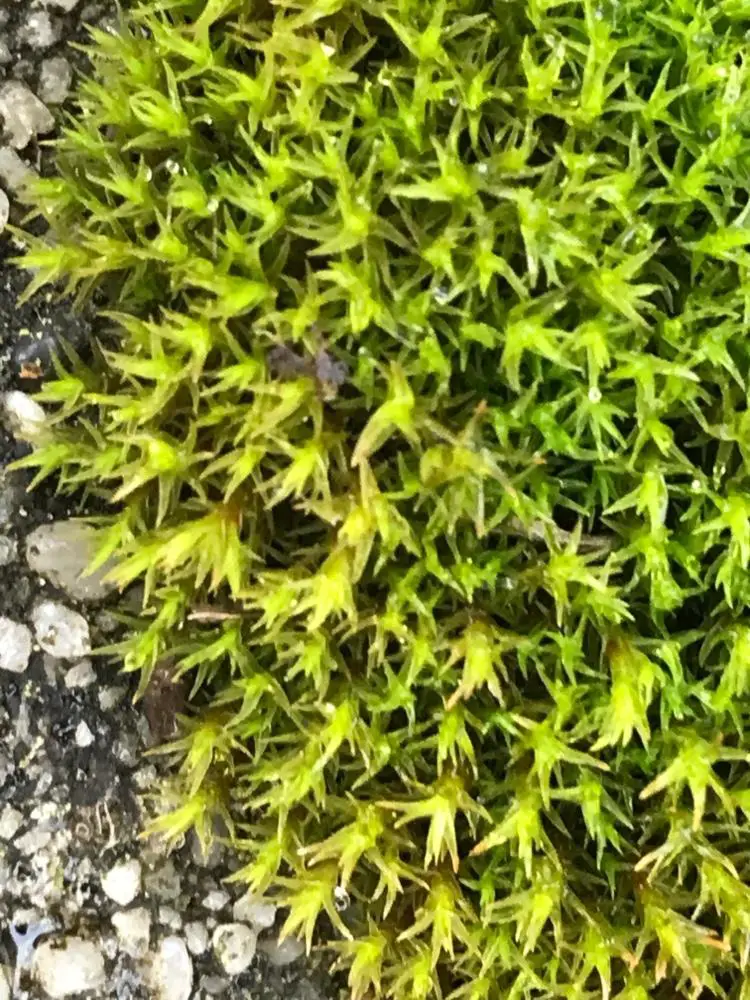
46328013.jpg from: https://waarneming.nl/waarneming/view/233563039?_popup=1
Schistidium crassithecium: A Fascinating Moss of the Grimmiaceae Family
Schistidium crassithecium H.H.Blom ex B.H.Allen, commonly known as Schistidium, is a captivating moss species belonging to the Grimmiaceae family. As a member of the Bryophyta
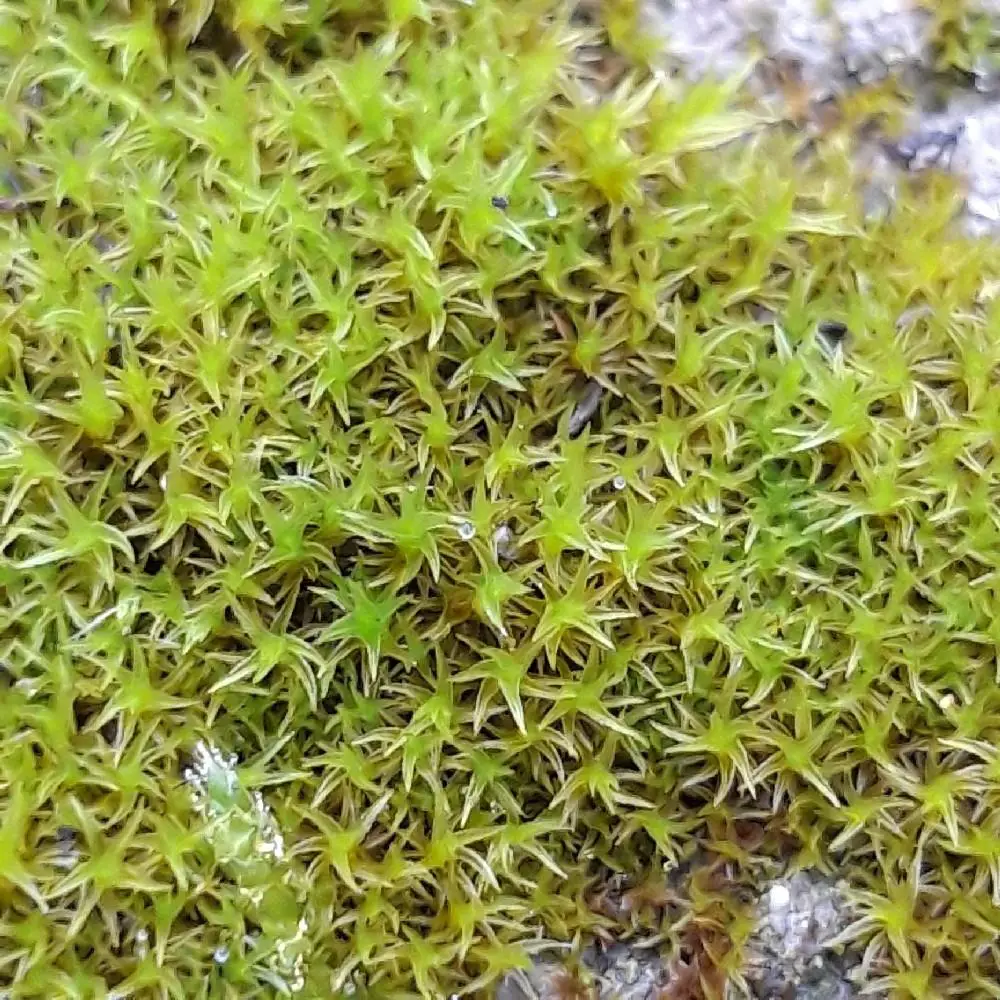
45398782.jpg from: https://waarnemingen.be/photos/45398782/
division and Bryopsida class, this tiny but mighty plant plays a significant role in its ecosystems. In this blog post, we’ll dive into the world of Schistidium crassithecium and explore its morphology, global distribution, habitat, ecological roles, and adaptations.
Background
Mosses are small, non-vascular plants that belong to the division Bryophyta. They lack true roots, stems, and leaves, instead possessing simple structures that perform similar functions. Mosses play crucial roles in their ecosystems, contributing to nutrient cycling, water retention, and providing habitat for various organisms.
Morphology and Identification
Schistidium crassithecium is a small, cushion-forming moss with densely packed stems. Its leaves are lanceolate, typically measuring 1-2 mm in length, and have a strong midrib that extends to the leaf tip. The leaf margins are entire, and the cells are smooth. The capsules, which contain the spores, are immersed in the leaves and have a distinctive peristome (a ring of teeth around the capsule mouth) that aids in spore dispersal.
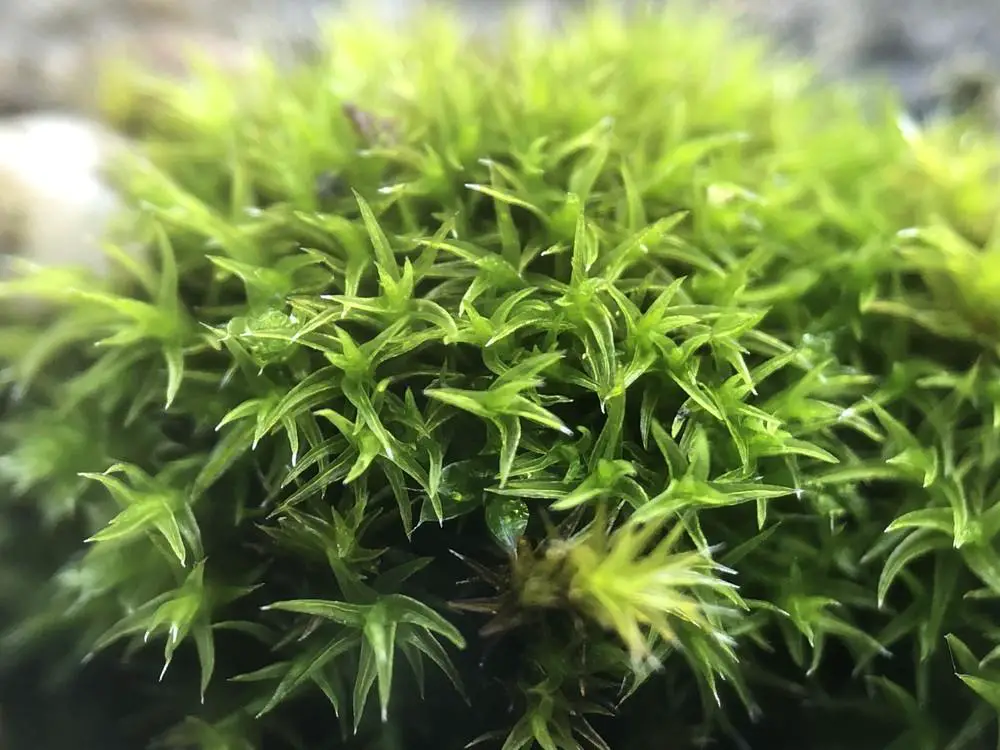
46229165.jpg from: https://waarneming.nl/waarneming/view/233325919?_popup=1
Global Distribution and Habitat
Schistidium crassithecium has a wide global distribution, found in various regions across Europe, North America, and Asia. This moss typically grows on rocks, boulders, and cliffs in montane to alpine habitats. It thrives in exposed, dry conditions and can withstand extreme temperature fluctuations and high levels of solar radiation.
Ecological Roles and Adaptations
Schistidium crassithecium plays a vital role in its ecosystems by contributing to soil formation and stabilization. As a pioneer species, it colonizes bare rock surfaces, slowly breaking down the substrate and creating a suitable environment for other plants to establish. This moss also helps retain moisture in its cushion-like growth form, providing a microhabitat for various invertebrates and microorganisms.
To survive in its harsh habitats, Schistidium crassithecium has developed several adaptations. Its small size and compact growth form minimize water loss and protect it from strong winds. The moss also has the ability to enter a dormant state during periods of drought, resuming growth when moisture becomes available.
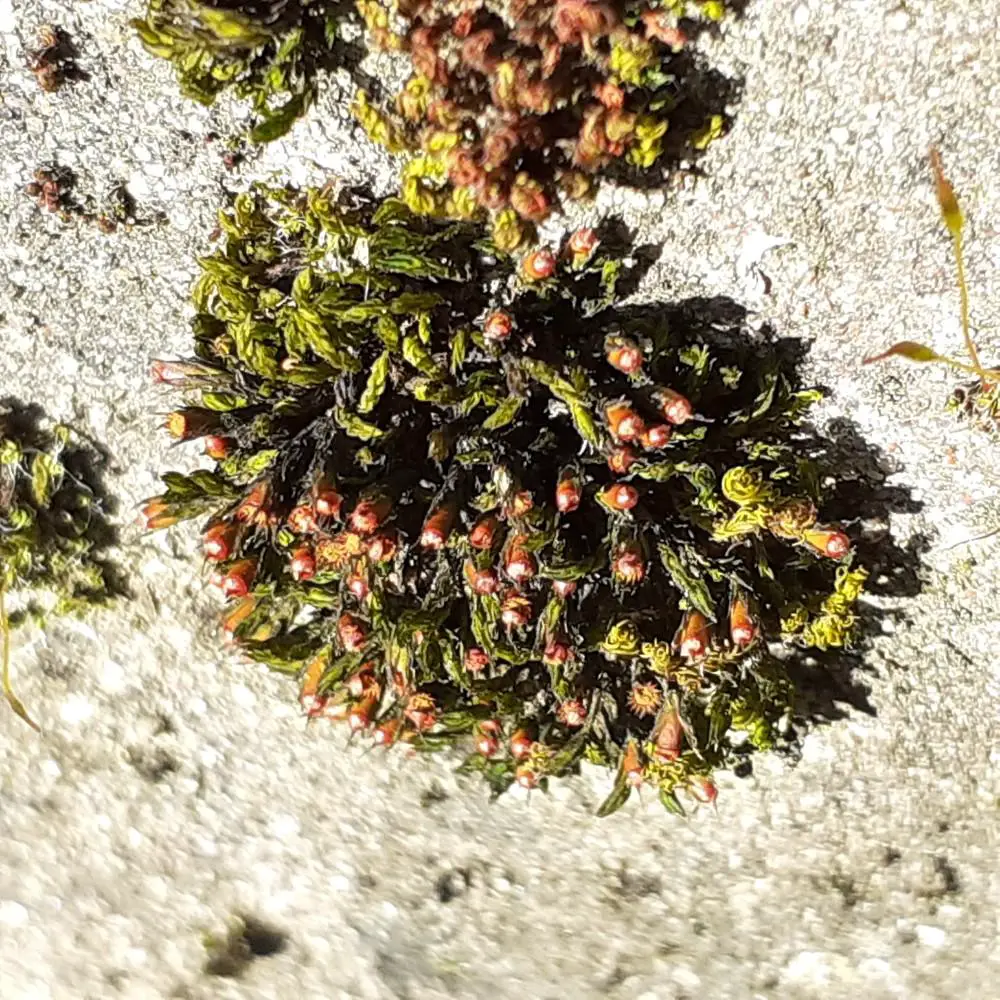
46765496.jpg from: https://waarneming.nl/waarneming/view/234839902?_popup=1
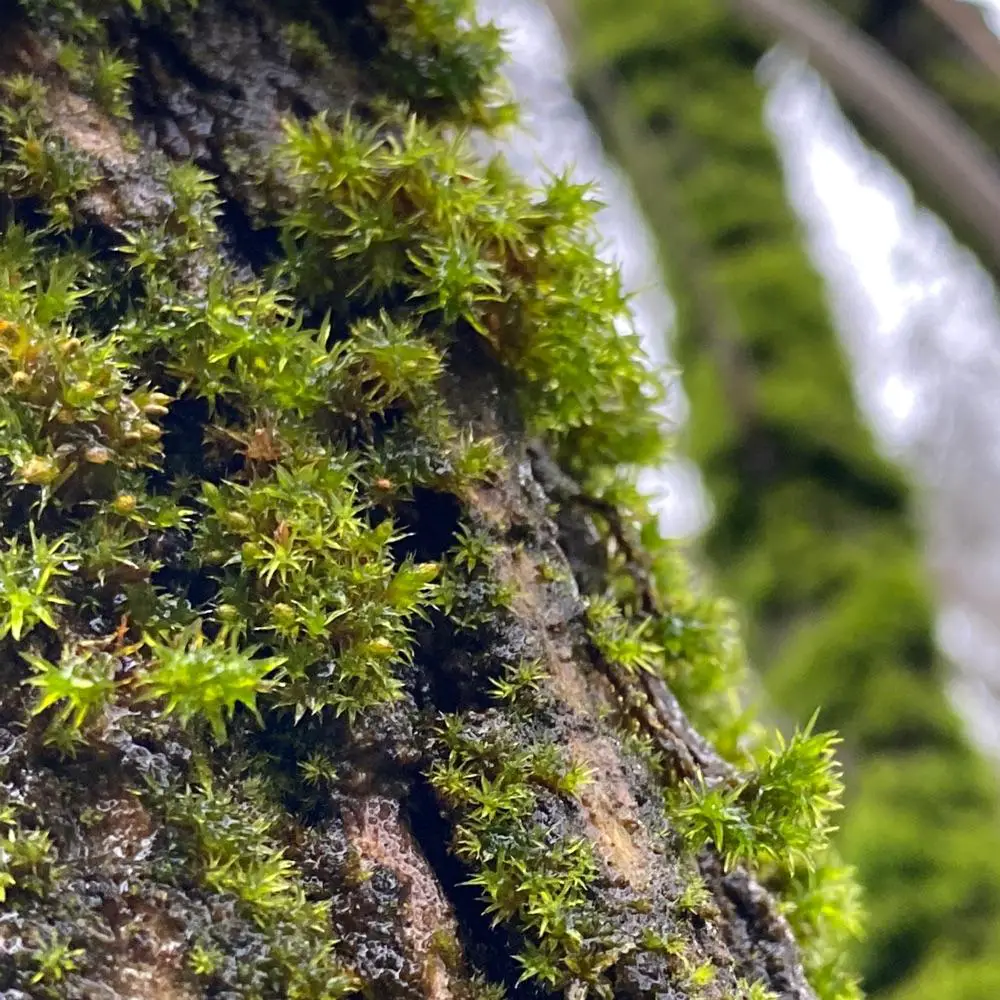
46178436.jpg from: https://observation.org/photos/46178436/
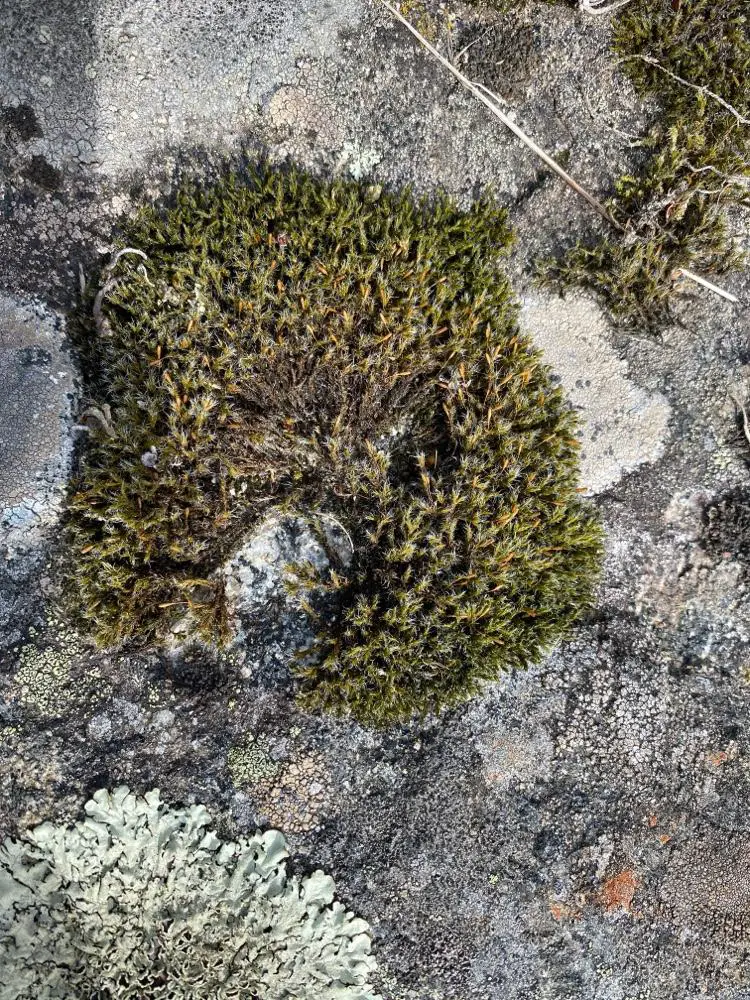
54597849.jpg from: https://observation.org/photos/54597849/
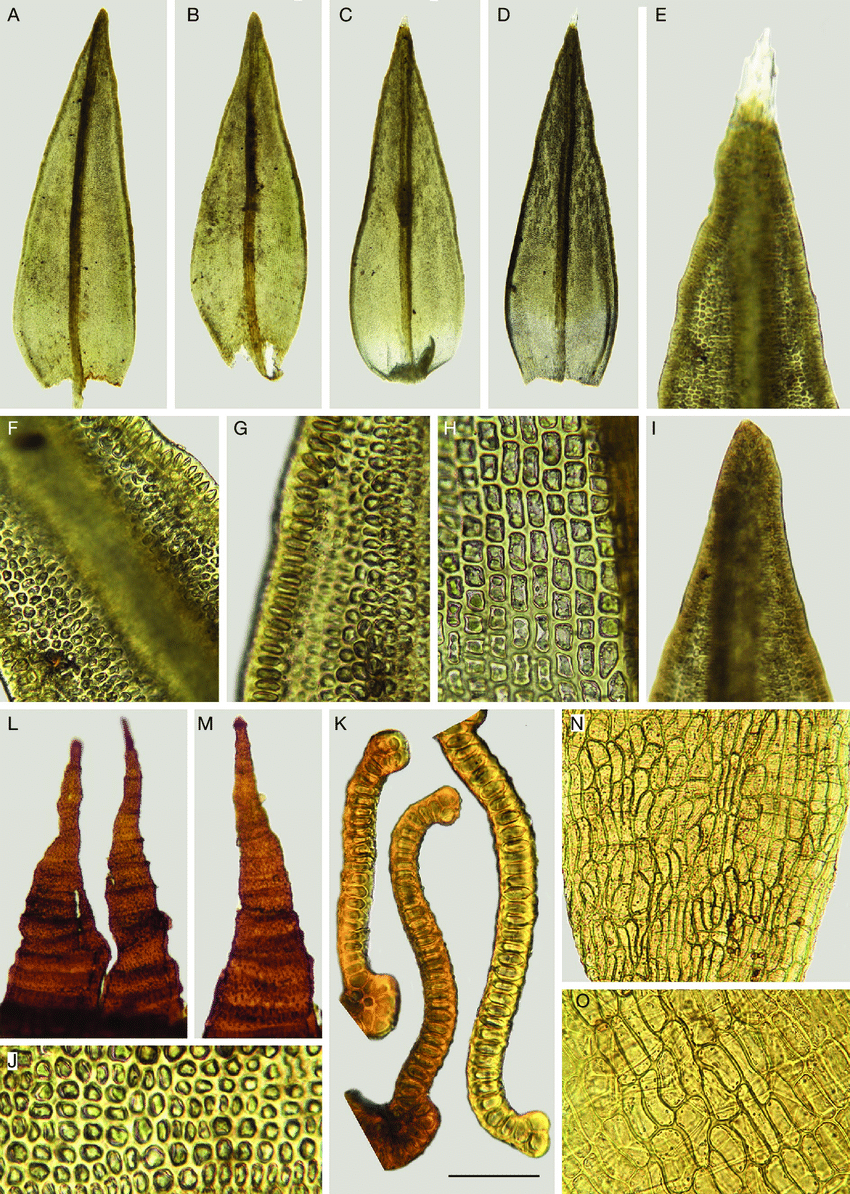
Schistidium-brunnescens-Limpr-A-B-vegetative-leaves-C-D-perichaetial-leaves-E.png from: https://www.researchgate.net/figure/Schistidium-brunnescens-Limpr-A-B-vegetative-leaves-C-D-perichaetial-leaves-E_fig4_350732638
| Characteristic | Description |
|---|---|
| Division | Bryophyta |
| Class | Bryopsida |
| Family | Grimmiaceae |
| Genus | Schistidium |
Species
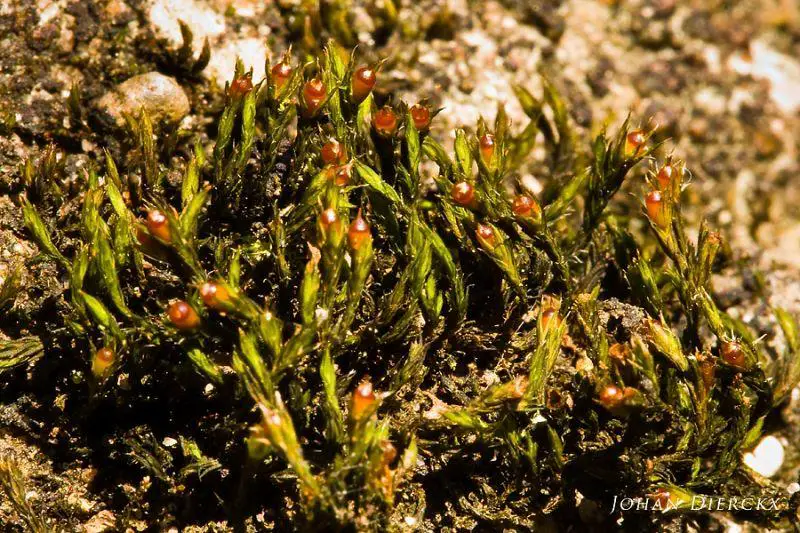 12c95a63a0c3cf3d475e11794ad892f0_large.jpg from: https://johandierckx.aminus3.com/image/2010-03-15.html |
S. crassithecium |
| Leaf Length | 1-2 mm |
| Capsule | Immersed |
| Habitat | Rocks, cliffs |
Conclusion
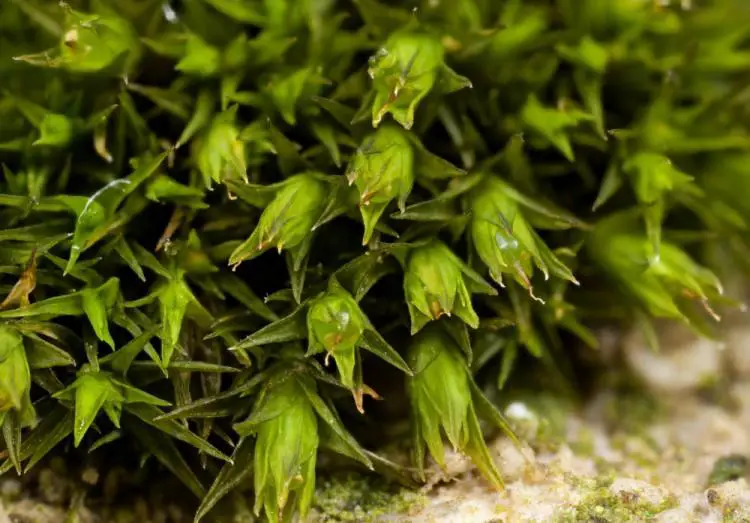
Schistidium-apocarpum-2-750×523.jpg from: https://ohiomosslichen.org/moss-schistidium-apocarpum/
Schistidium crassithecium H.H.Blom ex B.H.Allen may be small in size, but it plays a significant role in its ecosystems. Its adaptations and pioneer nature make it a fascinating subject for bryologists and plant enthusiasts alike. The next time you find yourself in a montane or alpine environment, take a closer look at the rocks and cliffs—you might just spot this remarkable moss. Who knows what other secrets these tiny plants hold?
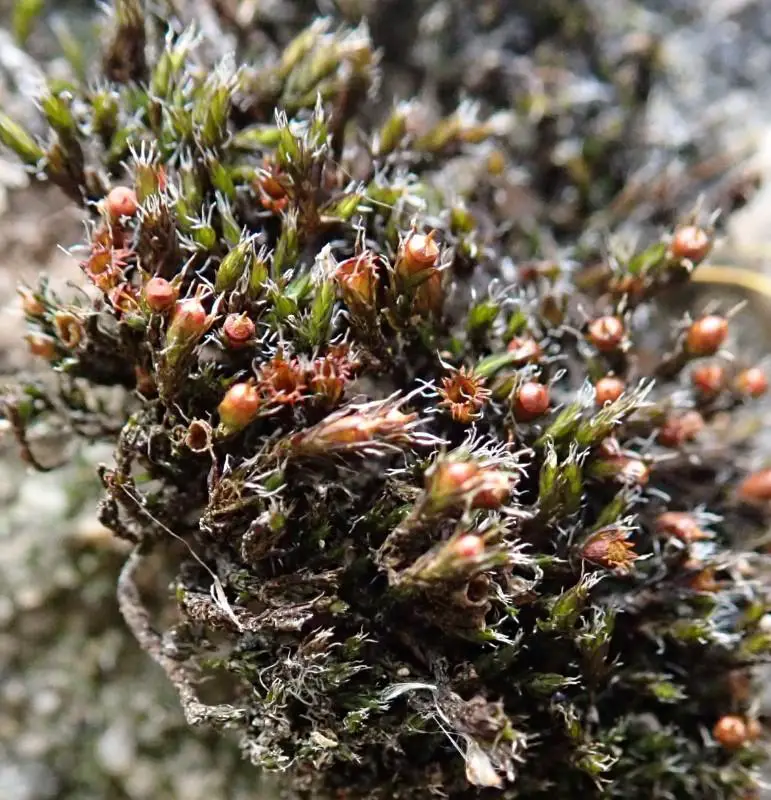
19915364.jpg from: https://waarneming.nl/observation/168844489/
